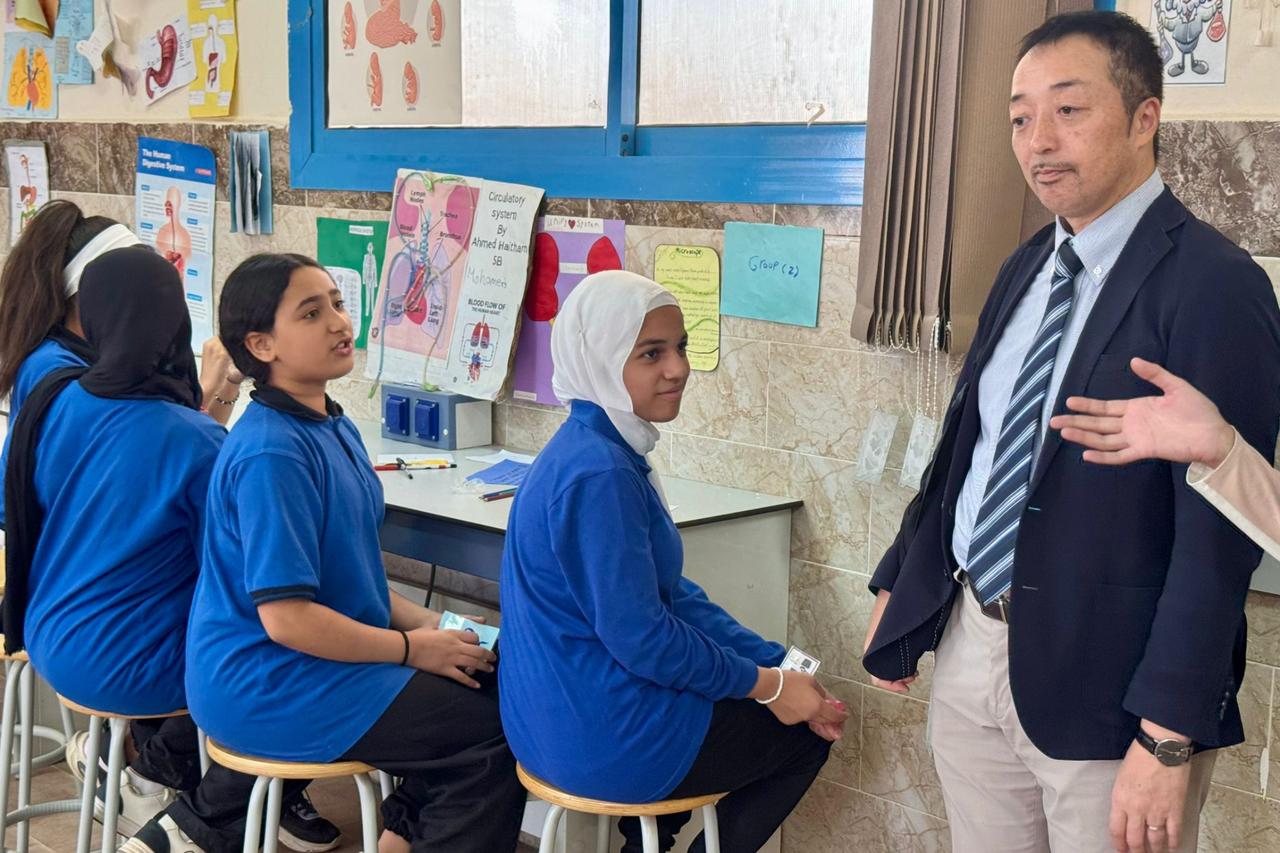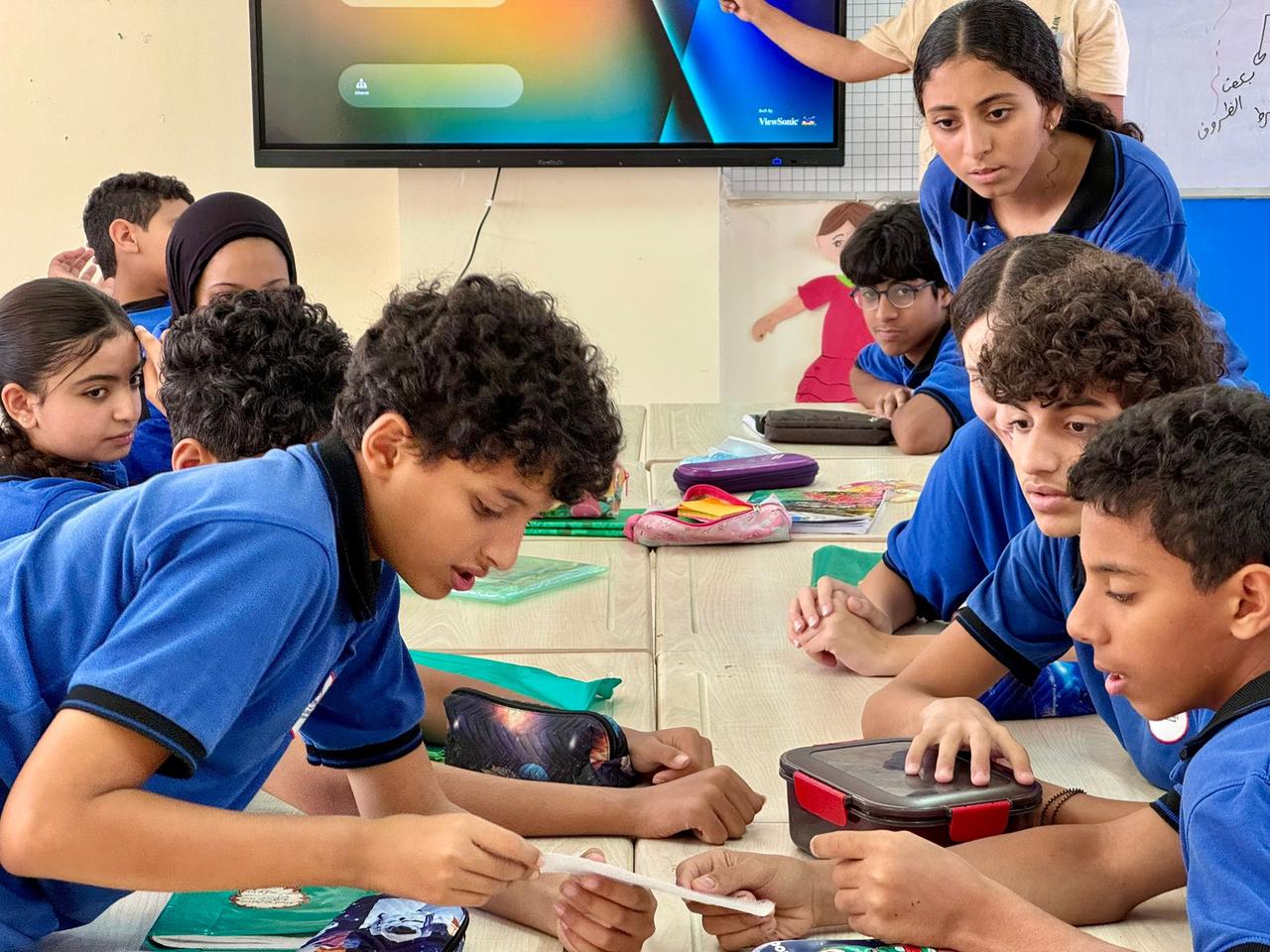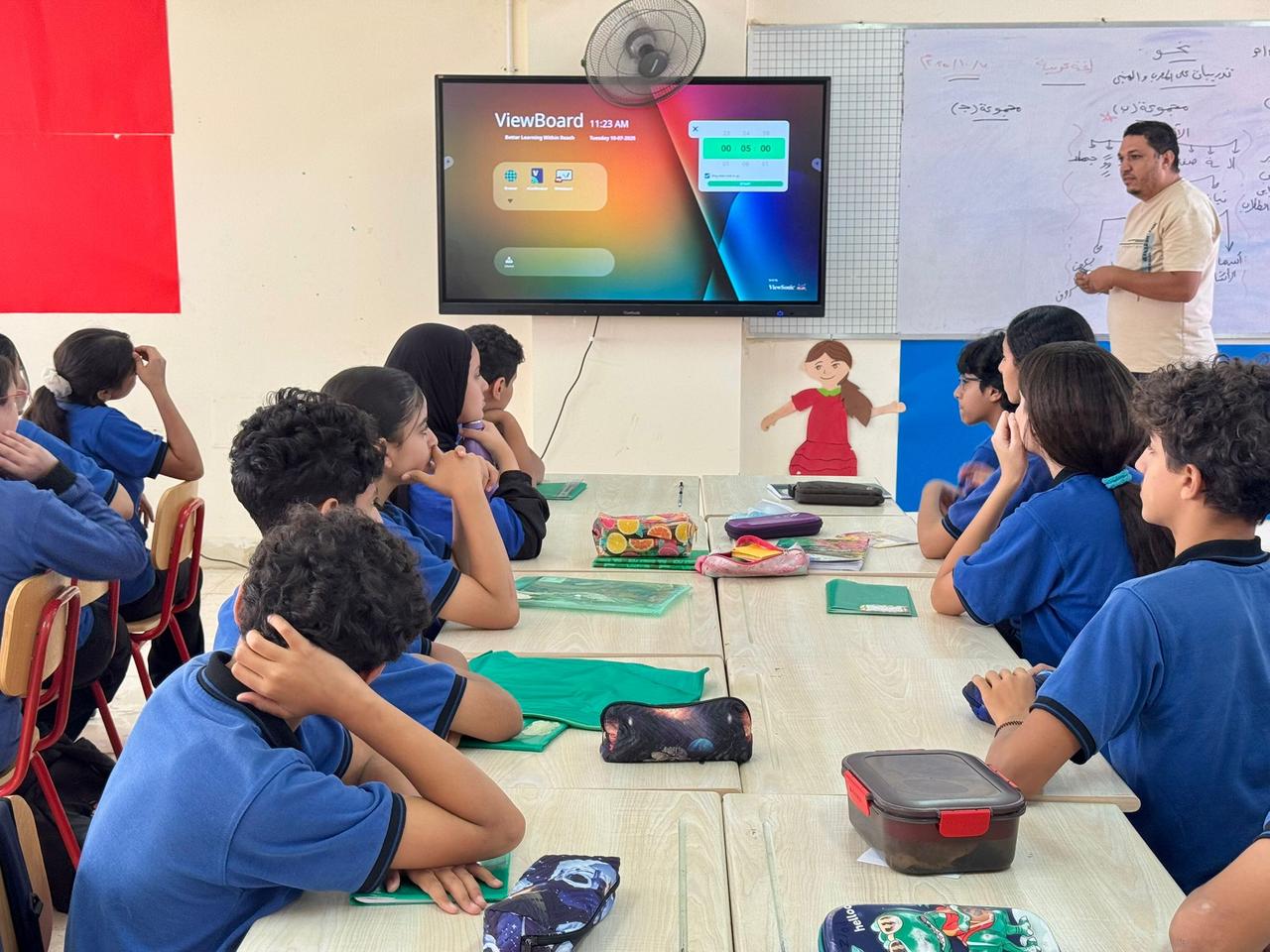
Egypt’s rapid, nationwide adoption of “Japanese-style education” has taken root across public schools and is drawing fresh interest through a new documentary, according to T24 columnist Mitsuru Horiguchi.
Horiguchi reported that Egypt embraced a “Japanese-style education” model a decade ago and, by 2024, opened 55 Egypt Japan School (EJS) campuses across the country, with plans to reach 100 by 2027.
He visited an EJS campus in Cairo’s area, where the new administrative capital is being constructed, and observed that teachers were closely engaged with pupils while many core elements of the Japanese approach were put into practice.
He added that Japanese education advisers support the teaching process on-site.

Parents, Horiguchi notes, have begun to see changes in their children: bedrooms stay tidy, daily routines get more orderly, group work becomes smoother, and a sense of responsibility grows.
He was told that, as in Japanese schools, students at EJS take on organizational roles. While he did not directly witness activities such as student-led classroom cleaning, distributing lunch, or coordinating sports days, he learned that these practices are part of the program.
Tokkatsu (Special Activities)—a distinctive feature of Japanese primary education highlighted in the reporting—refers to structured, non-academic tasks carried out by students (for example, cleaning classrooms or organizing shared lunch service) that aim to build teamwork, self-management, and civic habits from an early age.
Because young children’s attention can drift quickly, EJS classes sometimes move between indoor and outdoor settings, a method Horiguchi points out is not commonly seen in Egyptian schools.
He was accompanied during the visit by teachers and Japanese education advisers, who answered his questions.
Horiguchi links the initiative to 2013, when Egyptian President Abdel Fattah el-Sisi toured Japanese schools and came away impressed.
Since then, he writes, the Ministry of Education has been overseeing the rollout of the Japanese model to schools nationwide.

Horiguchi also draws attention to the Japanese documentary “Primary School” with the subtitle “A Small Society.”
The film, directed by Emma Yamazaki, has recently attracted strong interest in Denmark and reportedly achieved wide release in Finland with screenings across 20 cinemas.
The director, who graduated from a public primary school in Osaka before attending an international secondary school and later studying in the United States, realized while living in New York that many of her “strong” traits—such as responsibility and diligence—traced back to primary school.
“Children at six are similar everywhere, but by the age of twelve, Japanese children have become ‘Japanese,’” Yamazaki says—a line the film takes up to explore how early schooling shapes social norms.
According to Horiguchi, the production spanned 150 filming days, yielded 700 hours of footage, and took a year to edit, with the director personally investing about 4,000 hours.
The documentary gives broad space to Tokkatsu, presenting Japan’s model as a point of global curiosity.
Horiguchi writes that he visited EJS to understand the model as a Japan and Türkiye specialist and to introduce it to audiences at home.
About 10 years ago, while working at Japan’s Ministry of Foreign Affairs on a Türkiye-Japan Science and Technology University concept, he and colleagues looked to the Alexandria-based E-JUST (Egypt-Japan University of Science and Technology) as a reference model, although he did not visit E-JUST on this trip.